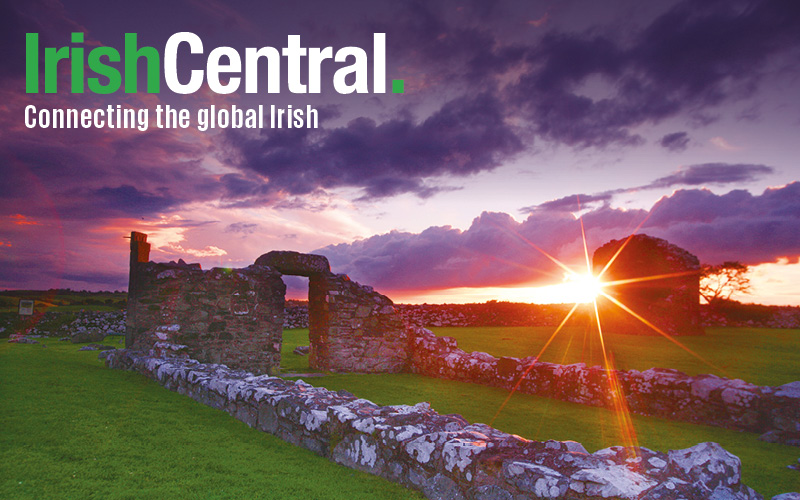A quite bizarre story about a new Irish reality was broken on air by the RTE broadcaster Joe Duffy in the dying hours of an almost equally bizarre April during which the weather ranged all the way from gales and showers of snow and sleet to golden summer temperatures.
The yarn, which surprised the broadcaster himself during the course of his phone-in show, revealed that an exploding deer population right across the Republic is now causing a serious problem for many.
Until recently there were only a few herds of legally protected deer in the country. Famously there was a small enough herd in the Phoenix Park in Dublin and others based in secluded estates attached to the former so-called Big Houses of the gentry. There were a few herds also in state forests, but very few.
Official culling programs were deployed by the state to manage and conserve the deer population and, while it was possible for qualified hunters to secure deer licenses, these were almost as scarce as hens' teeth and not widely availed of.
As a journalist I once covered an official cull in East Galway near Portumna. It was during the Troubles in the North and incredibly, a Garda (police officer) had been deployed to follow the professional hunter lest he be ambushed by Republicans and his rifle stolen away from him.
After a long day during which I spotted not a single deer the hunter did eventually cull just one juvenile stag. It is a different situation now according to the responders from all over Ireland to Joe Duffy.
The facts are there are now tens of thousands of wild deer roaming the countryside. They are quite literally killing people by leaping over roadside walls without warning into the paths of startled motorists and other road users.
The problem is most acute during the mating season when, apparently, the stags – some described as huge – go stone mad altogether. Given the fact that they are so agile and that many rural roads are not fenced off at all, the animals represent a real and widespread risk. And that is only one element of the problem.
A second is the fact that deer are hungry animals, according to many callers, and are now devouring lots of vegetable gardens as well as grazing areas. They are even attacking flowers and shrubs in gardens which their owners were hugely proud of. It is extremely difficult to erect high enough fences to keep them out since the stags can jump over eight and nine feet walls.
Some experts called upon to impose some hard facts on the radio debate confirmed that there could now be up to 100,000 deer in the country, maybe even more because there are no official figures. In addition to the native Irish deer there are now three other species, including many Sika, but also a new smaller breed (whose name escapes me now) illegally imported, probably by hunters, inside the last decade and spreading like wildfire through our increasingly extending forestry ranges.
It emerges as a pointer to the rapidly growing populations that now it is common enough to see deer foraging in daylight whereas hitherto they would only be encountered at night.
There were also reports of some stags being unafraid of humans at certain times of the year, perhaps, suggested some listeners, even posing a physical threat. Farmers and stockmen told of losing valuable horses that had been struck by speedily moving deer, resulting in broken legs, and the point was strongly made that Irish deer have no native predators since the last Irish wolves died out about 300 years ago.
There was even discussion during the intriguing debate about the possibility of re-introducing wolves to control the situation. Thankfully this was a minority view.
What is important, though, is for incoming tourists, notably those on motoring holidays, to be aware of the situation and to be on their guard especially in the forested areas which, ironically, in so many counties, are in the most scenic regions too.




Comments